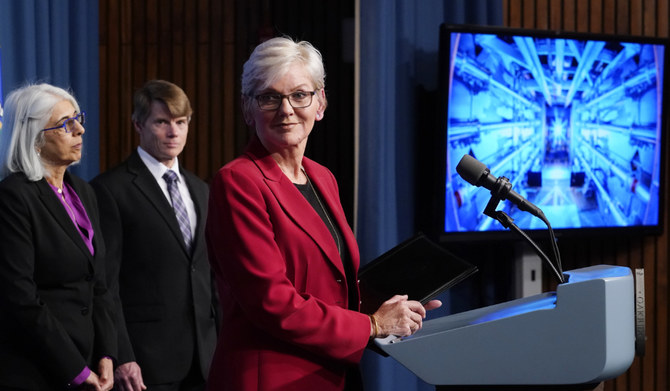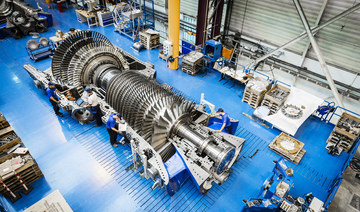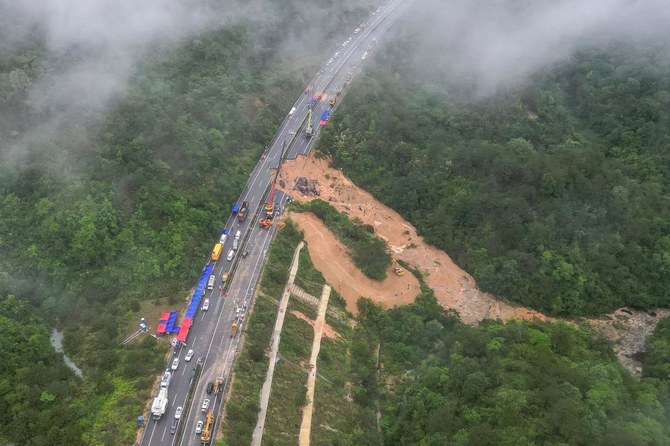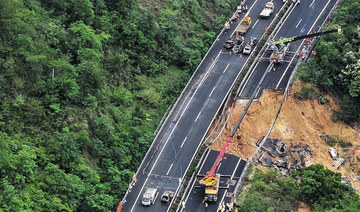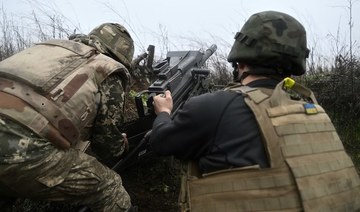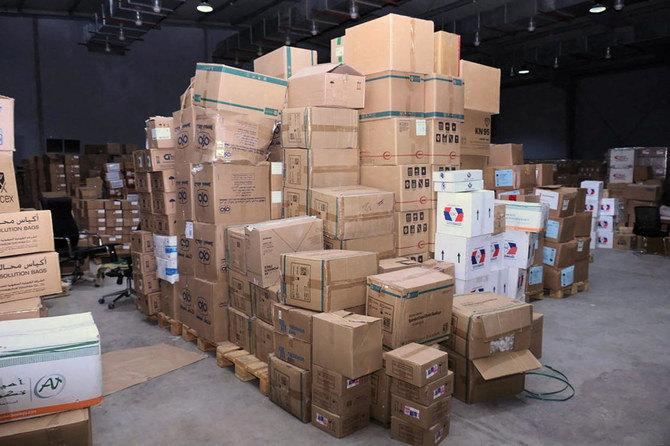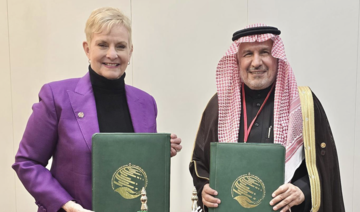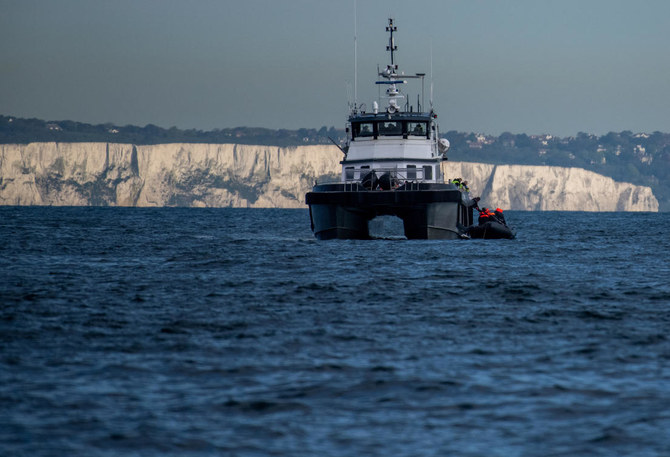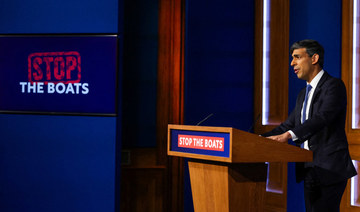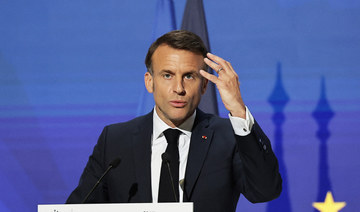WASHINGTON: Scientists announced Tuesday that they have for the first time produced more energy in a fusion reaction than was used to ignite it — a major breakthrough in the decades-long quest to harness the process that powers the sun.
Researchers at the Lawrence Livermore National Laboratory in California achieved the result last week, the Energy Department said. Known as a net energy gain, the goal has been elusive because fusion happens at such high temperatures and pressures that it is incredibly difficult to control.
The breakthrough will pave the way for advancements in national defense and the future of clean power, Energy Secretary Jennifer Granholm and other officials said.
“Ignition allows us to replicate for the first time certain conditions that are found only in the stars and the sun,” Granholm told a news conference in Washington. “This milestone moves us one significant step closer” to having zero-carbon fusion energy “powering our society.”
Fusion ignition is “one of the most impressive scientific feats of the 21st century,″ Granholm said, adding that the breakthrough “will go down in the history books.”

This June 14, 2018, image released by the Lawrence Livermore National Laboratory (LLNL) in Livermore, California, shows scientist working at the lab's National Ignition Facility, a laser-based inertial confinement fusion research facility. (AFP)
Appearing with Granholm, White House science adviser Arati Prabhakar called the fusion ignition achieved Dec. 5 “a tremendous example of what perseverance really can achieve” and “an engineering marvel beyond belief.”
Proponents of fusion hope it could one day displace fossil fuels and other traditional energy sources. Producing carbon-free energy that powers homes and businesses from fusion is still decades away. But researchers said the announcement marked a significant leap forward.
“It’s almost like it’s a starting gun going off,” said professor Dennis Whyte, director of the Plasma Science and Fusion Center at the Massachusetts Institute of Technology and a leader in fusion research. “We should be pushing toward making fusion energy systems available to tackle climate change and energy security.”
Kim Budil, director of the Livermore Lab, said there are “very significant hurdles” to commercial use of fusion technology, but advances in recent years mean the technology is likely to be widely used in “a few decades” rather than 50 or 60 years as previously expected.
Fusion works by pressing hydrogen atoms into each other with such force that they combine into helium, releasing enormous amounts of energy and heat. Unlike other nuclear reactions, it doesn’t create radioactive waste.
President Joe Biden called the breakthrough a good example of the need to continue to invest in research and development. “Look what’s going on from the Department of Energy on the nuclear front. There’s a lot of good news on the horizon,” he said at the White House.
Billions of dollars and decades of work have gone into fusion research that has produced exhilarating results — for fractions of a second. Previously, researchers at the National Ignition Facility, the division of Lawrence Livermore where the success took place, used 192 lasers and temperatures multiple times hotter than the center of the sun to create an extremely brief fusion reaction.
The lasers focused an enormous amount of heat on a miniature spherical capsule, said Marvin Adams, deputy administrator of the National Nuclear Security Administration, an Energy Department agency. The result was a superheated plasma environment where a reaction generated about 1.5 times more energy than was contained in the light used to produce it.
Riccardo Betti, a professor at the University of Rochester and expert in laser fusion, said there’s a long road ahead before the net energy gain leads to sustainable electricity.
He likened the breakthrough to when humans first learned that refining oil into gasoline and igniting it could produce an explosion. “You still don’t have the engine, and you still don’t have the tires,” Betti said. “You can’t say that you have a car.”
The net energy gain achievement applied to the fusion reaction itself, not the total amount of power it took to operate the lasers and run the project. For fusion to be viable, it will need to produce significantly more power and for longer periods.
Budil said people sometimes joke that the Livermore lab, known as LLNL, “stands for ‘Lasers, Lasers, Nothing but Lasers.’” But she said the lab’s motto “sums up our approach nicely: Science and technology on a mission.”
It is incredibly difficult to control the physics of stars. Whyte said the fuel has to be hotter than the center of the sun. The fuel does not want to stay hot — it wants to leak out and get cold. Containing it is a challenge, he said.
Results from the California lab exceeded expectations, said Jeremy Chittenden, a professor at Imperial College in London specializing in plasma physics.
Although there’s a long way to go to turn fusion into a usable power source, Chittenden said, the lab’s achievement makes him optimistic that it may someday be “the ideal power source that we thought it would be” — one that emits no carbon and runs on an abundant form of hydrogen that can be extracted from seawater.
One approach to fusion turns hydrogen into plasma, an electrically charged gas, which is then controlled by humongous magnets. This method is being explored in France in a collaboration among 35 countries called the International Thermonuclear Experimental Reactor, as well as by researchers at the Massachusetts Institute of Technology and a private company.
Last year the teams working on those projects on two continents announced significant advancements in the vital magnets needed for their work.
Carolyn Kuranz, a University of Michigan professor and experimental plasma physicist, hoped the result would help bring “increased interest and vigor” to fusion research — including from private industry, which she and others said will be needed to get fusion energy to the grid.
“If we want to prevent further climate change, we are going to need diverse options of energy production to deploy,” Kuranz said. “And nuclear energy — both fission and fusion — really must be a part of that equation. We’re not going to get there with renewables alone.”



